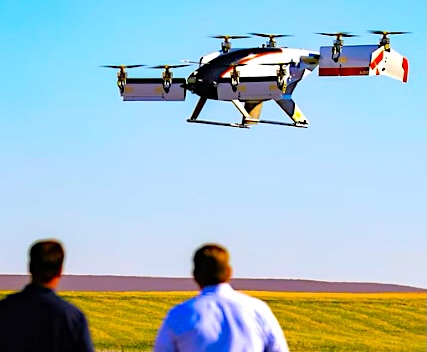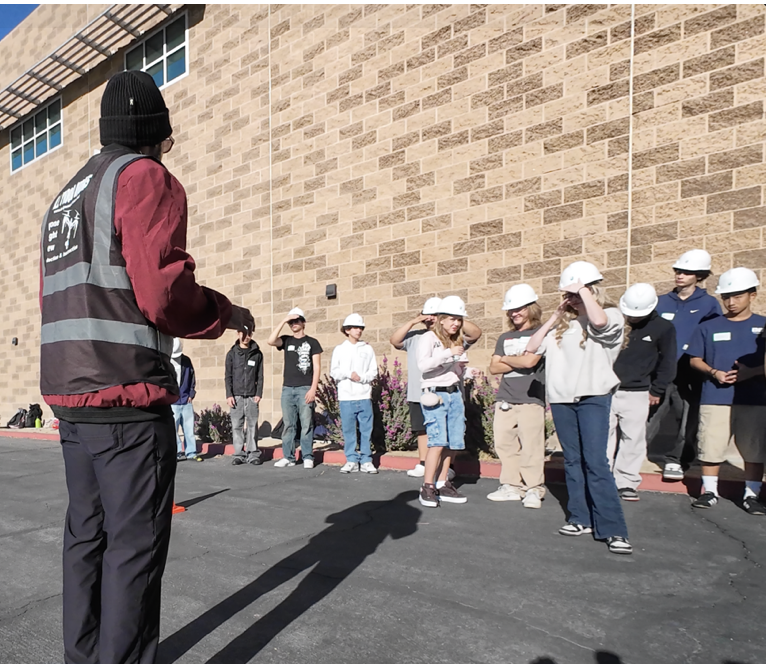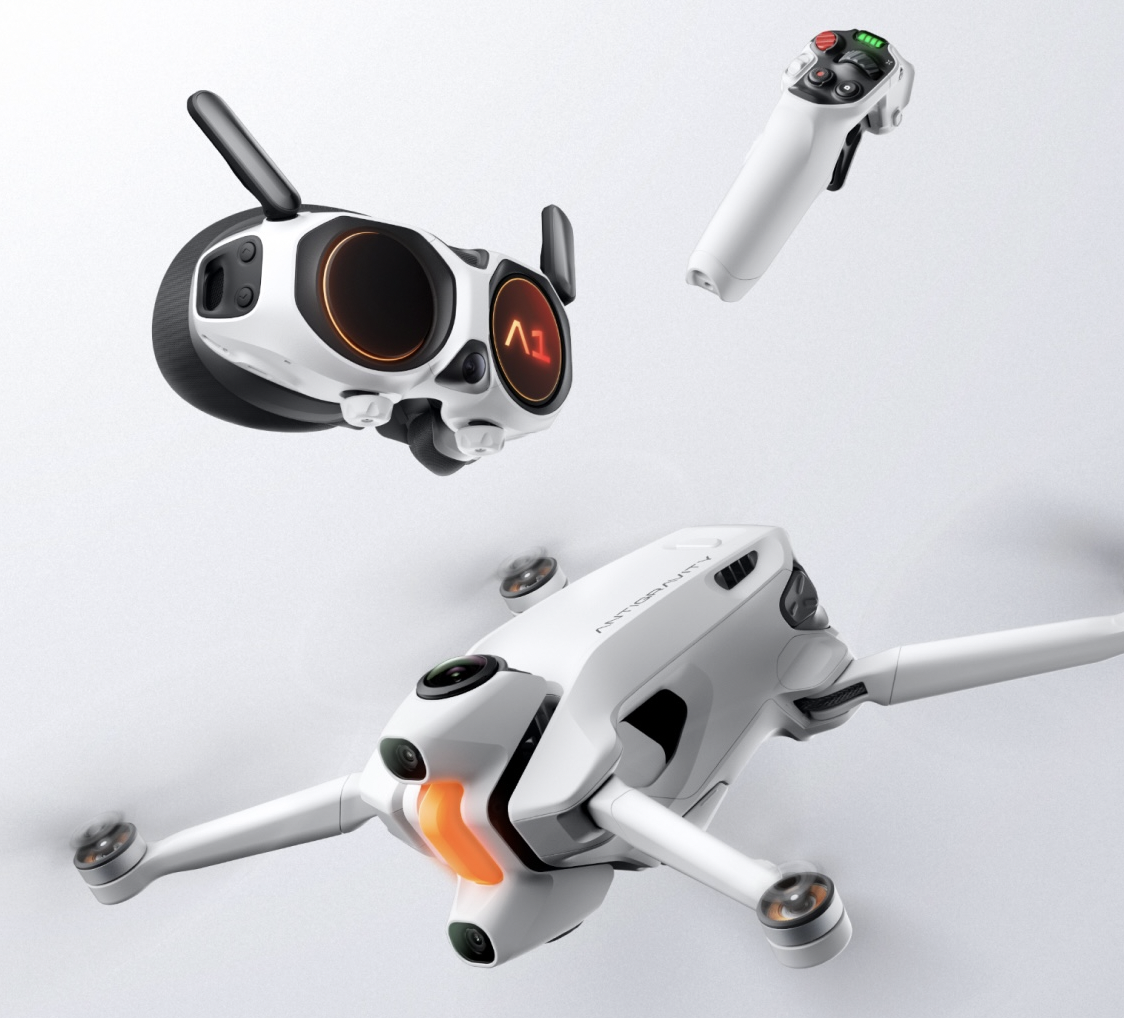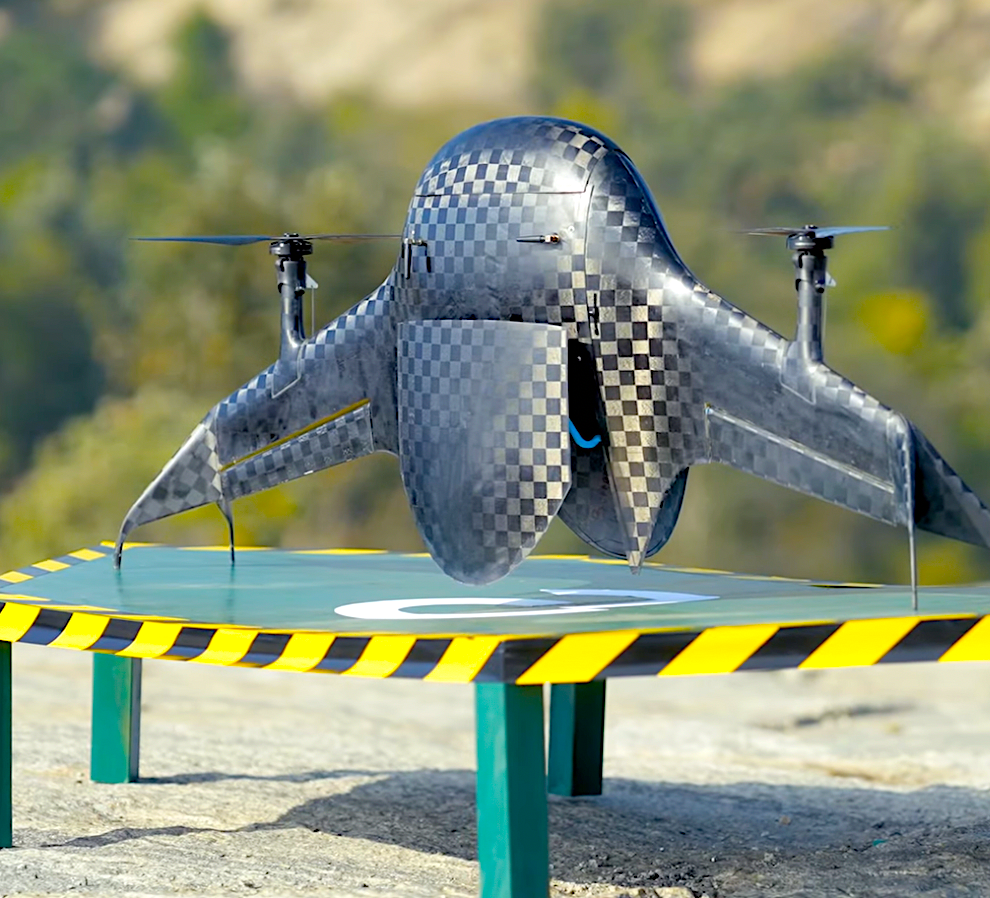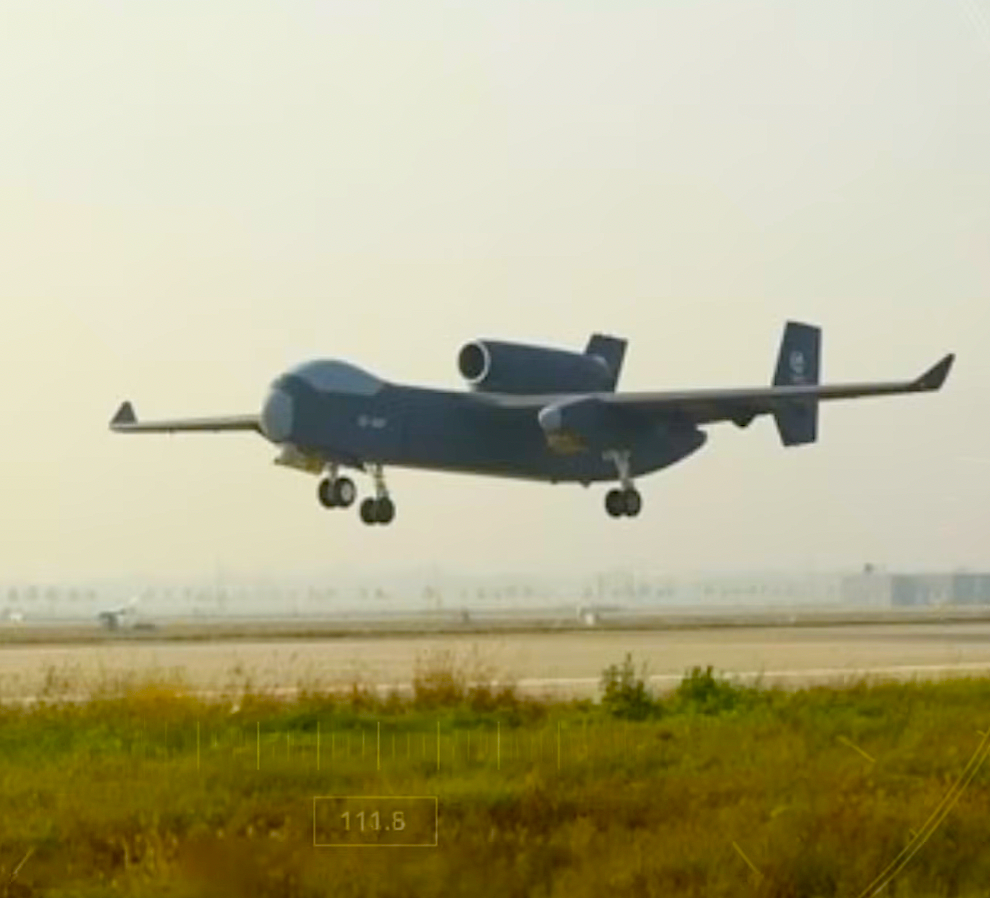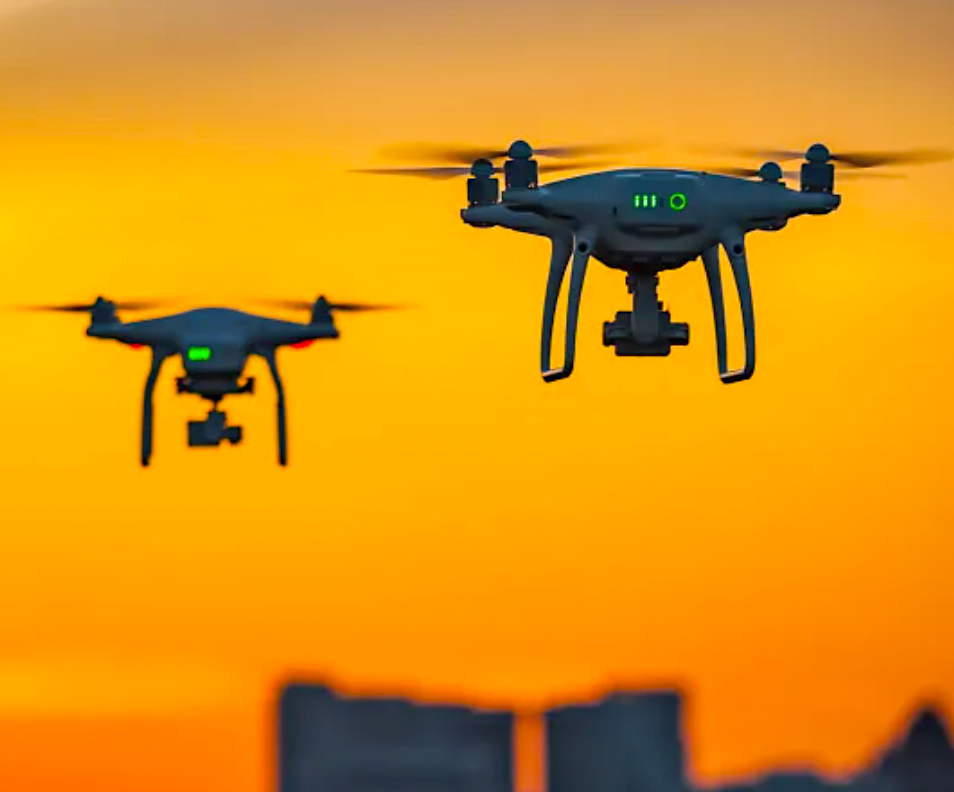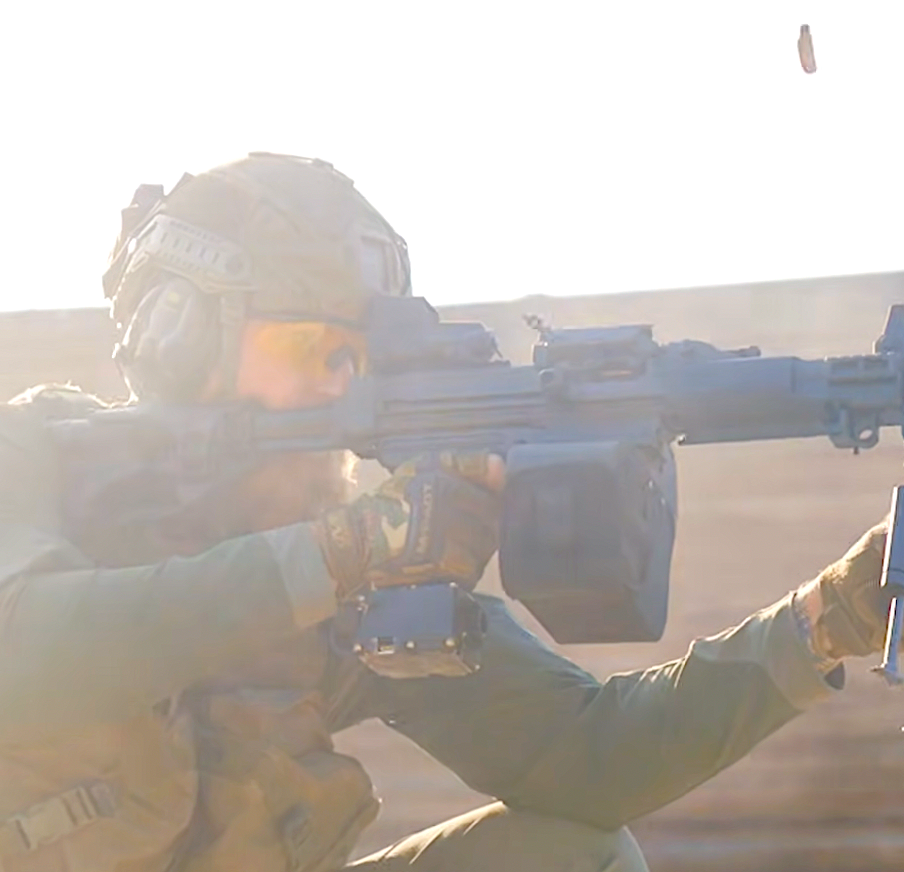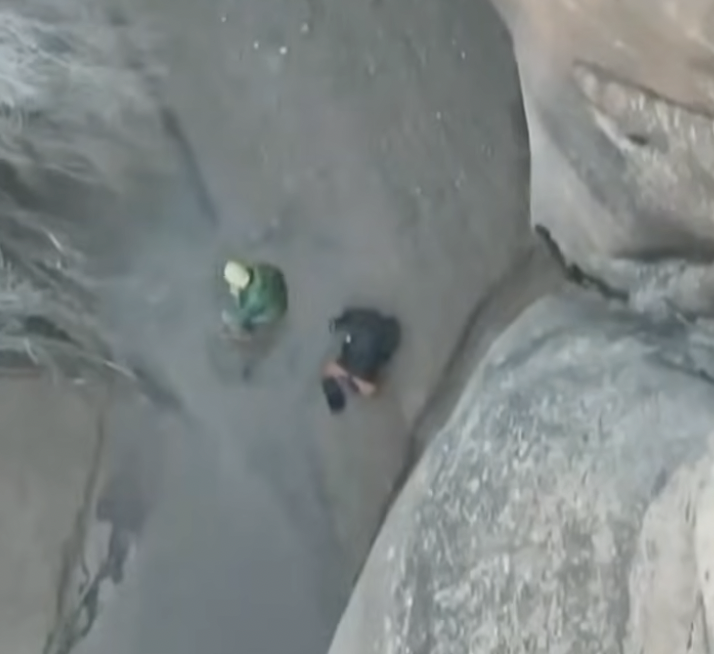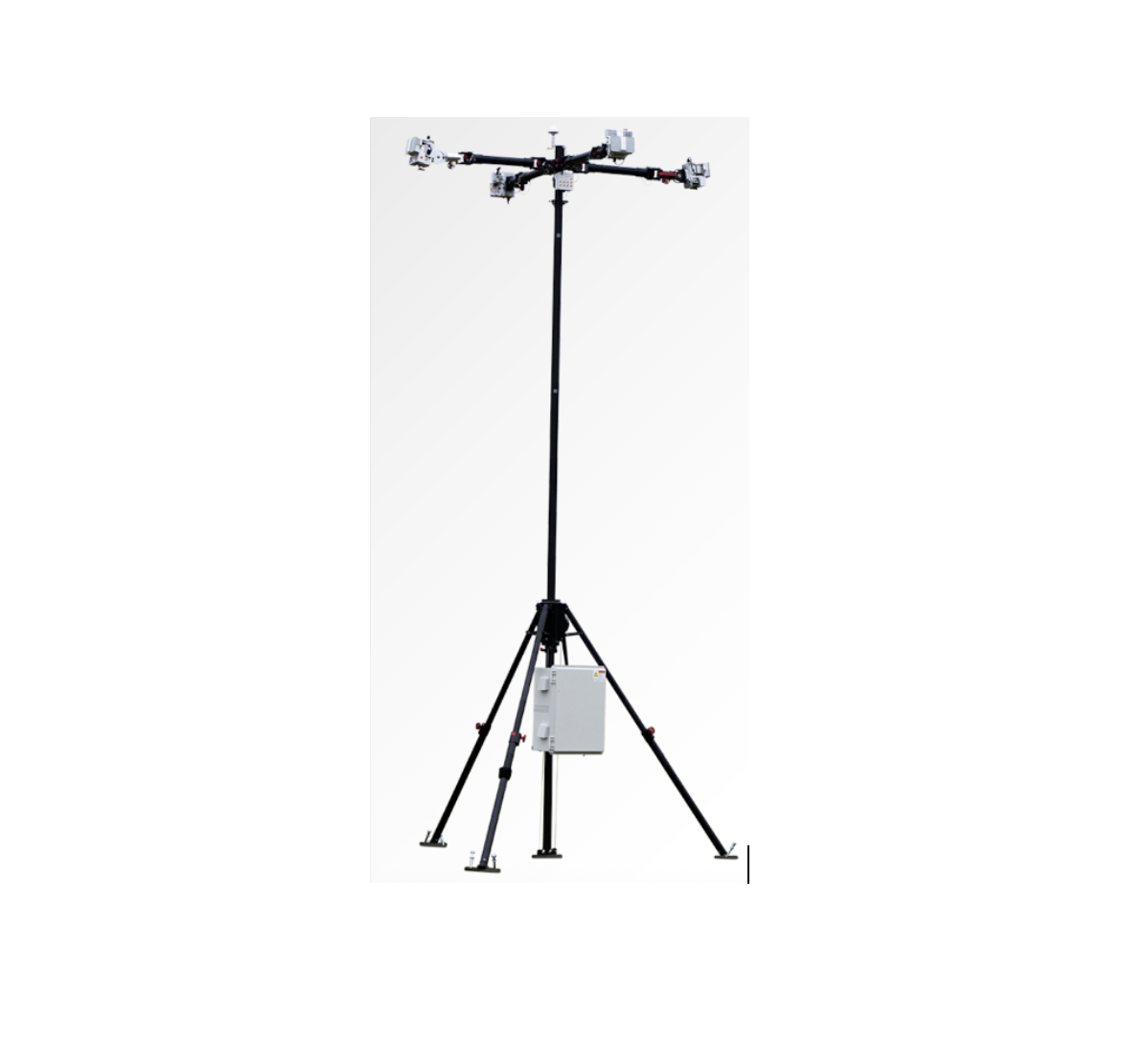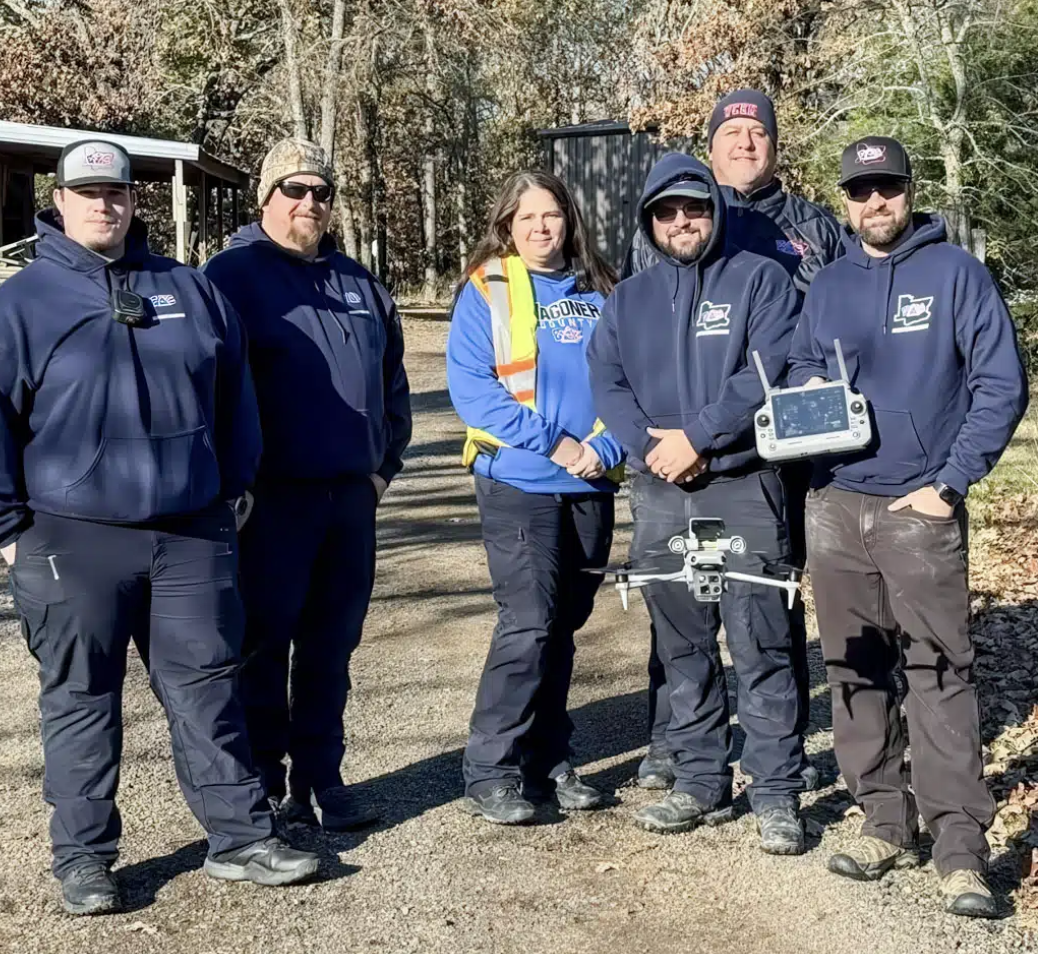Featured NewsTrending NewsTactical and Law EnforcementWhy Do Police Need Drones?
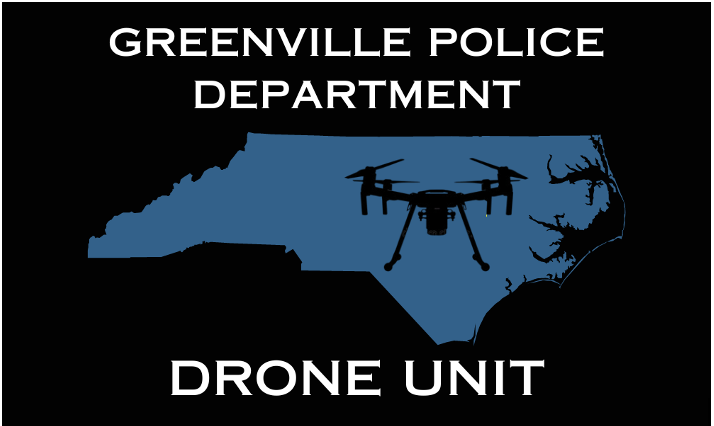
02 May 2024
By Amelia Frasure, UAS Program Manager at Greenville PD
The Greenville Police Department in Greenville, North Carolina is a medium sized agency with approximately 200 sworn police officers. The population of the city is close to 90,000— not including the large student population of East Carolina University, Go Pirates!
The Greenville Police Department began using small unmanned aircraft systems (sUAS) in 2018 when the department’s Drone Unit was created by Officer Jonathan Young. It started out with five part-time pilots and two DJI Matrice 210 drones. Now in 2024, we have nine part-time pilots, four drones, and a full-time UAS program manager. All GPD drone pilots are sworn law-enforcement officers with various full-time positions within the agency. Currently, our agency is only operating DJI aircraft with the most commonly used drones being the DJI Matrice 30T and DJI Avata.
To become a drone pilot at Greenville PD, officers must pass a two week course taught by the UAS Program Manager, where they learn Federal Aviation Administration (FAA) regulations regarding Unmanned Aircraft Systems and are prepped to take the FAA Remote Pilot Exam. They also learn how to safely operate all agency drones and are tested with practical scenarios. All agency pilots must pass the FAA Exam and earn their Remote Pilot Certification.
Our agency also operates with Certificates of Authorization from the FAA, also known as COA’s, including a First Responder Tactical Beyond Visual Line of Sight (TBVLOS) 91.113 Waiver. This waiver allows First Responder drone pilots to operate their drone beyond visual line of sight in extreme emergencies to safeguard human life.
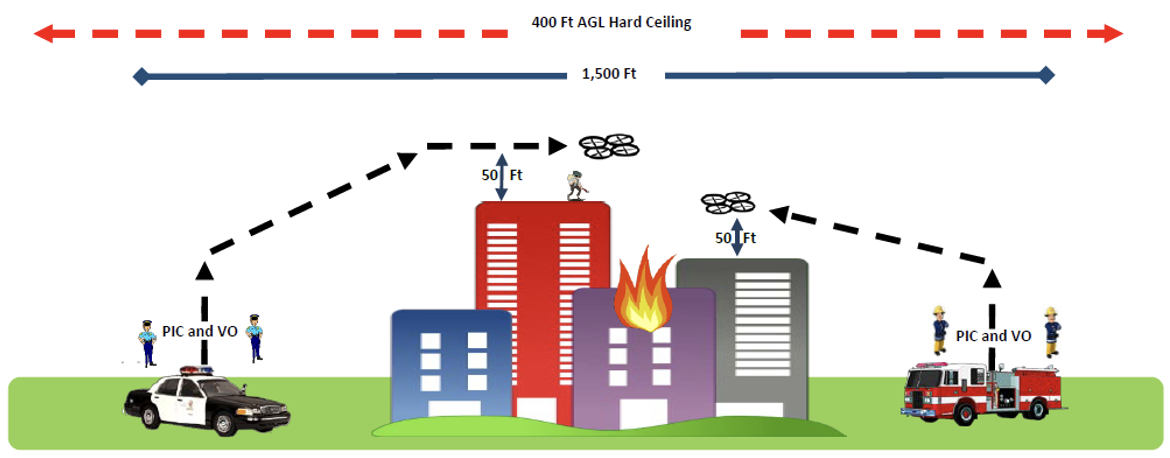
As you can see in the picture above from the FAA, there are some restrictions to this waiver such as: the drone must remain within 1500 feet of the pilot, PIC must not operate any higher than 50 feet above, or greater than 400 feet laterally, of the nearest obstacle while operating TBVLOS, and the pilot must return to line of sight operations as soon as practical or at the termination of the emergency situation. The full list of TBVLOS regulations can be found on the FAA website.
You May Be Asking “Why Do Police Need Drones?”
Drones have a variety of purposes in law enforcement. Missing person search, fugitive apprehension, crash/crime scene documentation, and critical incident over-watch, to name a few. According to Axon, approximately 1,400 police agencies in the United States are using drones, with that number expecting to grow drastically in the coming years. As said by Deputy Chief Tony Zucaro of the Virginia Beach Police Department, “The use of drones is limited only by one’s creativity.”
The drone we rely on most here at Greenville PD is the DJI Matrice 30 Thermal, also known as the M30T, with a H20N camera and CZI LP12 speaker/spotlight attached. The speaker is helpful when a subject is located by drone and officers need to give instructions or commands to the subject. Having a spotlight on our drone has become crucial during night flights and I highly recommend investing in one. It allows us to search with both the zoom and thermal cameras at night, utilizing the spotlight to clarify what we are seeing on the thermal camera.
Our next most commonly used drone is the DJI Avata, which is a First-Person View (FPV) drone. We use this drone for indoor flying with Foxfury and Firehouse lights attached to make flying in the dark more successful. Being able to fly this drone inside a building or residence to search for threats before officers enter has been a game changer and a huge step in the right direction for officer safety. Most common use cases are warrant services, SWAT/ERT operations, barricaded subjects, and breaking/entering of a building. As you can imagine, there are many more cases in which it would be useful. We try to get creative with it!
The Avata is also a great tool to use to search areas that are hard for officers to safely get to, such as crawl spaces and attics. In a recent warrant service in Greenville, the Avata was used to clear a house and search an attic space in the house. The Avata flew into the dark attic space and cleared it with no issues.
We also have an ICOR MiniCaliber robot that is used in tandem with the Avata. The robot is able to go up and down stairs and open doors. Essentially, the robot opens any closed doors so the Avata can properly clear a structure. Robotic teaming at its finest!
For those that cannot use DJI drones in their state but are looking for an indoor drone, I would recommend looking into the Arrowhead by Uniform Sierra Aerospace.
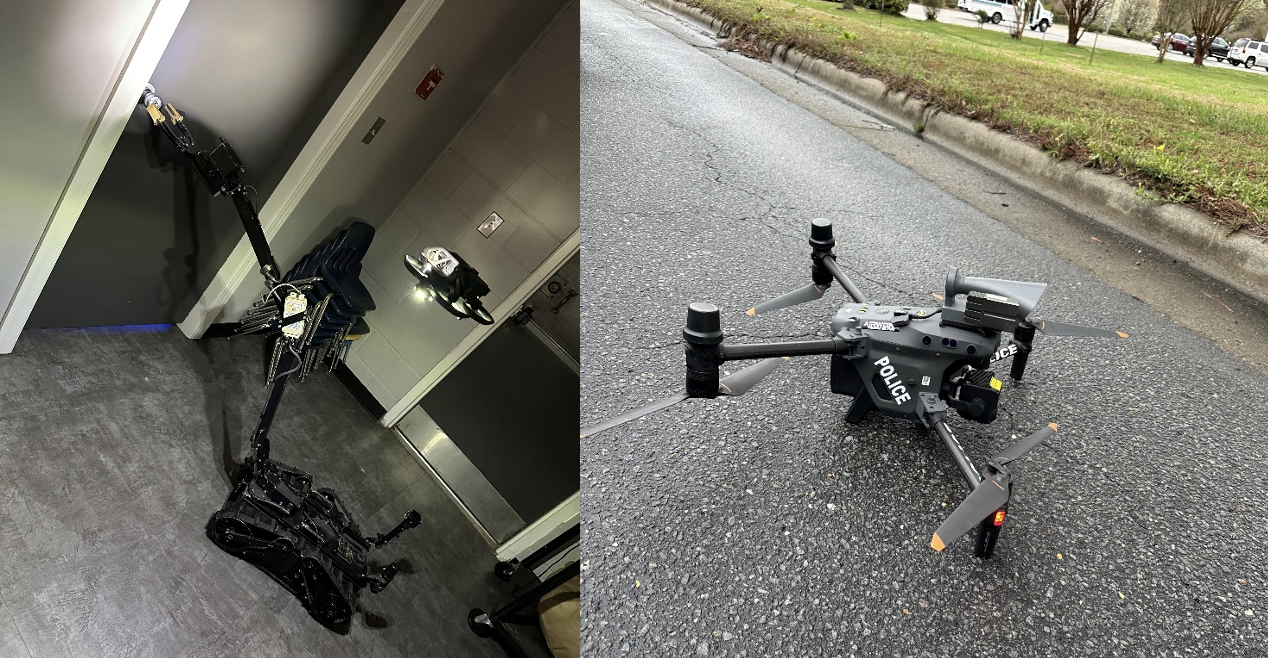
Police Drone Success Stories
Drones have become a key element to missing person searches because they can be used to cover a lot of area very quickly. Just recently, Alamance County Sheriff’s Office in North Carolina used a drone to locate a missing adult female that had fallen while on a walk almost 24 hours prior. The temperatures were near freezing, which only made public safety officials more concerned about her well-being. While officials were searching on the ground for this female, the drone was launched and located her within 20 minutes of flight. This was a big success for public safety drone use!
In February 2022, our Drone Unit searched over 500 acres in less than two hours to search for a missing juvenile in a neighboring town. Thankfully, the juvenile was located in a nearby building by someone on the ground search team.
In May of 2023, two of our drone pilots responded to a plane crash near Pitt-Greenville airport and found the missing plane and two occupants within three minutes of take-off. Since then, we’ve done scenario based search and rescue training with Greenville Fire/Rescue to ensure we are properly utilizing all resources in similar incidents.

Drones Help the Good Guys Catch Bad Guys
In a recent situation in Greenville, an officer initiated a traffic stop at night and the subject ditched their vehicle and ran into a nearby neighborhood. What we in law enforcement call a “jump and run”. The officer chased the subject on foot until they lost sight of them in a dark area behind some houses. A perimeter was set by ground units and the drone was deployed to search for the wanted subject. Once the drone search began, the subject was located within six minutes using the thermal camera. Next, the officer piloting the drone utilized the spotlight to confirm the heat signature. Sure enough, it was the suspect hiding in a boat in someone’s backyard. The officer flying the drone led officers on the ground to the suspect’s location where he was taken into custody without incident.

Another successful apprehension with the assistance of a drone occurred in fall of 2023. Officers were responding to a large gathering in the parking lot of an apartment complex and the drone was in the air while officers arrived on scene. Once officers approached the large group, over 50 people scattered, all running in different directions. The drone followed one group fleeing from officers on foot and the drone team provided location information to ground units. Officers stopped four subjects while one kept running. The last subject stopped near some brush and was trying to tuck themselves under it. The drone pilot kept a visual on this subject with the drone spotlight for approximately four minutes until additional officers were able to make contact with the subject. Once the person was in custody, a gun was located in the brush area where the subject was attempting to hide.
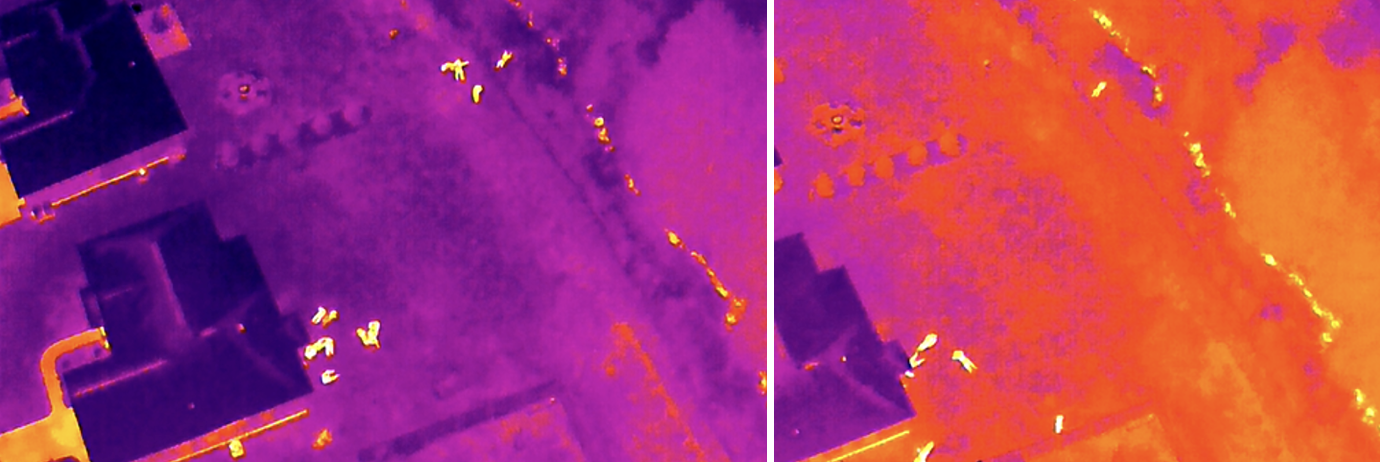
Technology Saves Lives
In summary, our agency wants the public to support our use of unmanned aircraft systems (UAS/drones). They are yet another tool law enforcement has found to be helpful in enhancing the safety of the public. We often display our various drones at community events, providing demos of the equipment, and welcoming any questions citizens may have. We continuously find that once people understand how we use them, they are very supportive.
Police officers will continue to do the job, with or without this technology, but if we can use it as a tool to keep our community safer, why not? Drone technology allows law enforcement to catch suspects faster, find missing people sooner, and send equipment into dangerous situations instead of officers. We’d much rather have a drone get broken instead of an officer get injured or killed. Drones can be replaced, lives can’t.
The use of unmanned technology in law enforcement is only going to grow and I suspect that 10 years from now this technology will be heavily integrated in day to day police operations. Soon, agencies that don’t utilize drones will be considered old school or not up to date in police strategies. In the end, GPD is one of the many law enforcement agencies in the United States that are utilizing drones for good.
